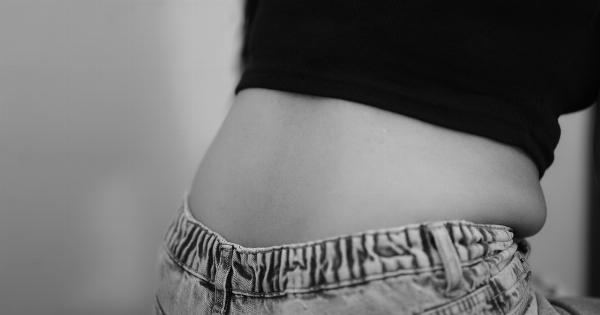Incontinence is a common condition that can affect people of all ages. It is a condition in which a person experiences involuntary loss of urine, which can be distressing and embarrassing.
While some people may feel embarrassed to talk about their symptoms, it is important to know that incontinence is not normal. It is a sign that there is an underlying health issue that needs to be addressed. Incontinence can be caused by a variety of reasons, ranging from lifestyle factors to medical conditions.
In this article, we will discuss incontinence and when to get checked out.
What is Incontinence?
Incontinence, also known as urinary incontinence, is a condition in which a person experiences involuntary loss of urine. It is a symptom, rather than a disease, and can be caused by a variety of factors.
Incontinence can impact a person’s quality of life and can lead to embarrassment, anxiety, and depression.
Types of Incontinence
There are several types of incontinence, including:.
- Stress incontinence: This type of incontinence occurs when there is pressure put onto the bladder, such as when laughing, coughing, or exercising. It is more common in women and can be caused by pregnancy, childbirth, or menopause.
- Urge incontinence: This type of incontinence occurs when a person has a sudden urge to urinate and cannot make it to the bathroom in time. It can be caused by an overactive bladder or neurological conditions.
- Overflow incontinence: This type of incontinence occurs when the bladder is unable to empty properly, causing urine to constantly leak. It can be caused by a blockage in the urinary tract or nerve damage.
Causes of Incontinence
There are several factors that can contribute to incontinence, including:.
- Age: As we age, our bladder muscles weaken, leading to incontinence.
- Gender: Women are more likely to experience incontinence than men.
- Pregnancy and childbirth: The pressure of a growing fetus and the delivery process can weaken the pelvic floor muscles, leading to incontinence.
- Menopause: Changes in hormones can lead to incontinence in women.
- Obesity: Excess weight can put pressure on the bladder, leading to incontinence.
- Neurological conditions: Conditions such as Parkinson’s disease, multiple sclerosis, and stroke can interfere with the communication between the brain and the bladder, leading to incontinence.
- Medications: Some medications, such as diuretics and sedatives, can cause incontinence.
When to Get Checked Out
If you are experiencing symptoms of incontinence, it is important to talk to your healthcare provider. They can perform a physical exam, ask about your symptoms, and perform diagnostic tests to determine the underlying cause of your incontinence.
Diagnostic tests may include a urine sample, bladder scan, and urodynamic testing.
There are several red flags that should prompt you to seek medical attention right away. These include:.
- Blood in your urine: This could be a sign of a more serious condition, such as bladder cancer.
- You cannot urinate at all: This could be a sign of a urinary tract blockage, which requires immediate medical attention.
- You have a fever, chills, or pain: These symptoms could be a sign of a urinary tract infection or kidney infection.
- You experience sudden or severe incontinence: This could be a sign of a more serious condition, such as a neurological disorder or bladder cancer.
Treatments for Incontinence
Treatment for incontinence will depend on the underlying cause of your symptoms. Some treatment options include:.
- Lifestyle changes: This may include dietary changes, weight loss, and pelvic floor exercises.
- Medications: Your healthcare provider may prescribe medications to help control your symptoms.
- Medical procedures: Depending on the underlying cause of your incontinence, your healthcare provider may recommend procedures such as sling surgery or bladder injections.
- Devices: There are several devices on the market that can help manage incontinence, such as catheters, pessaries, and absorbent pads.
Preventing Incontinence
While there is no surefire way to prevent incontinence, there are several steps you can take to reduce your risk. These include:.




























